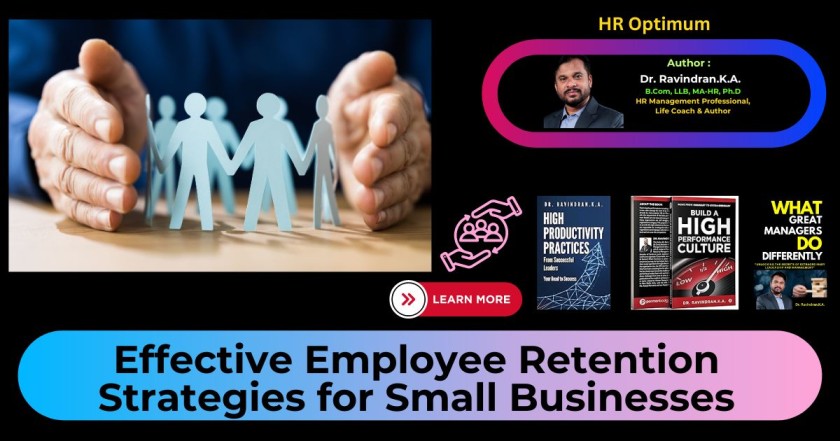Recognizing and rewarding employees is a powerful strategy for boosting morale, increasing job satisfaction, and improving employee retention. When employees feel appreciated and valued for their contributions, they are more likely to stay committed to their organization and perform at their best. In this article on Recognizing and Rewarding Employees, we will explore the significance of recognizing and rewarding employees, highlighting specific Indian industry practices and examples.
Thank you for reading this post, don't forget to subscribe!Employee Recognition Programs:

Implementing formal employee recognition programs is a common practice in Indian industries. Companies like Tata Consultancy Services (TCS) and Infosys have well-established recognition programs that acknowledge exceptional performance. These programs may include monthly or annual awards, certificates of appreciation, and public recognition ceremonies. By publicly acknowledging employees’ achievements, organizations boost morale, foster a positive work environment, and enhance employee retention.
Performance-Based Incentives:

Indian companies recognize the importance of linking rewards to performance. For instance, HCL Technologies and Wipro have performance-based incentive structures in place. These incentives can include bonuses, profit-sharing, or performance-linked rewards. By rewarding employees based on their performance and contributions, organizations motivate individuals to excel in their roles, drive engagement, and increase retention.
Career Advancement Opportunities:

Recognizing and rewarding employees can also involve providing career advancement opportunities. Companies like Tech Mahindra and Tata Motors offer promotion paths and career growth plans based on merit and performance. By enabling employees to progress in their careers, organizations demonstrate their investment in talent, boost employee morale and enhance retention. Employees are more likely to stay when they see a clear path for advancement within their organization.
Flexibility and Work-Life Balance:

Recognizing employees’ need for work-life balance, companies like Infosys and Reliance Industries provide flexible work arrangements and family-friendly policies. These practices acknowledge and support employees’ personal responsibilities, leading to increased job satisfaction and retention. By promoting a healthy work-life balance, organizations show that they value their employees’ well-being, resulting in higher employee loyalty and commitment.
Peer-to-Peer Recognition:

In addition to formal recognition programs, peer-to-peer recognition is gaining popularity in Indian industries. Companies like Flipkart and Aditya Birla Group encourage employees to appreciate and recognize their colleagues’ efforts. This form of recognition fosters a positive team culture, boosts morale, and strengthens employee relationships. Employees who feel appreciated by their peers are more likely to stay with the organization, leading to improved retention rates.
Conclusion:
Recognizing and rewarding employees is a vital aspect of fostering a positive work environment, boosting morale, and improving employee retention. Indian companies such as TCS, Infosys, HCL Technologies, Wipro, Tech Mahindra, Tata Motors, Reliance Industries, Flipkart, and Aditya Birla Group exemplify the value of recognizing employees’ contributions. By implementing employee recognition programs, performance-based incentives, offering career advancement opportunities, supporting work-life balance, and encouraging peer-to-peer recognition, organizations can significantly enhance morale, engagement, and employee retention.
 hroptimum
hroptimum



